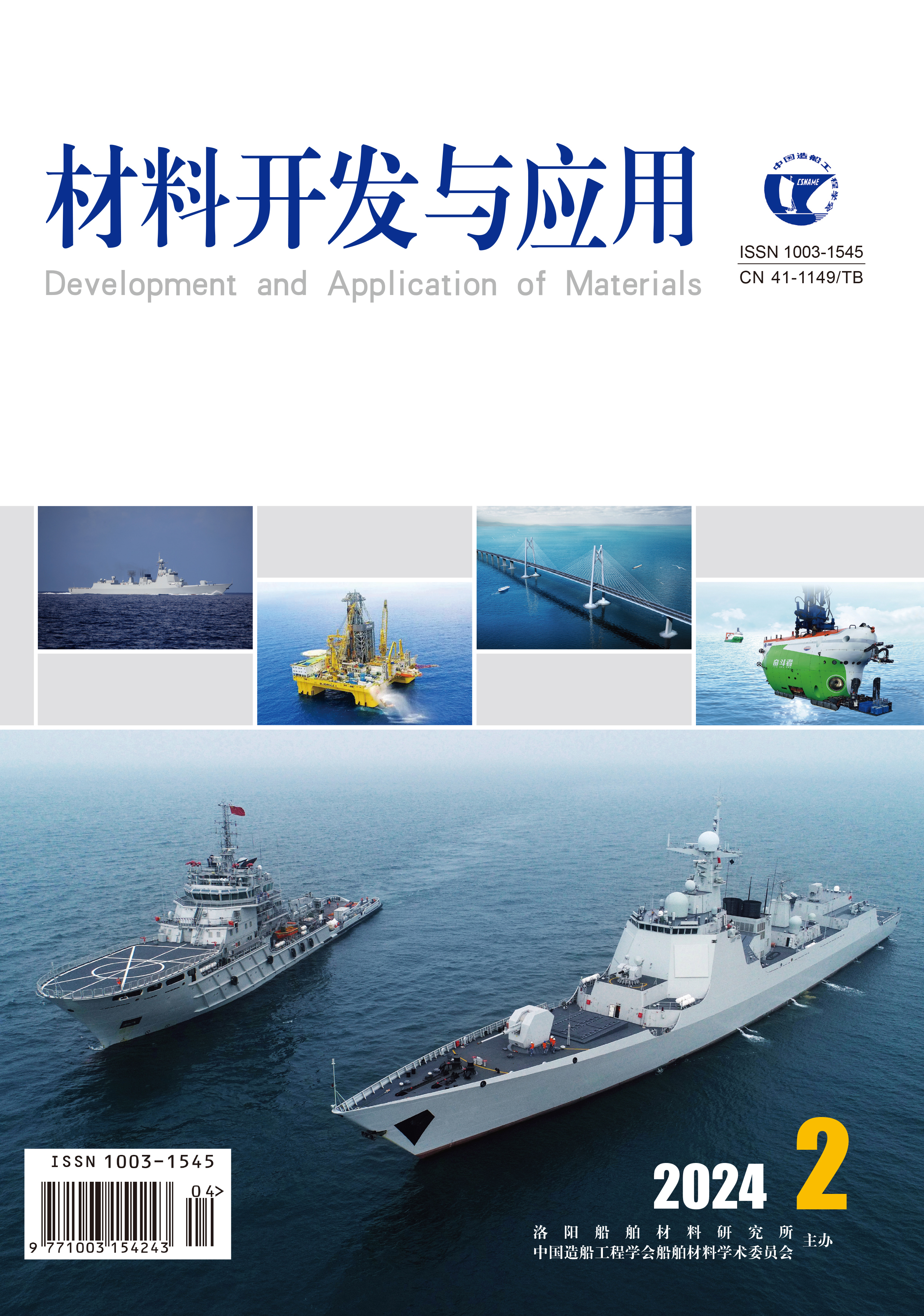2022 Vol. 37, No. 1
Display Method:
2022, 37(1): 1-7.
Abstract:
2022, 37(1): 8-11.
Abstract:
2022, 37(1): 12-16,20.
Abstract:
2022, 37(1): 17-20.
Abstract:
2022, 37(1): 21-28.
Abstract:
2022, 37(1): 29-32,54.
Abstract:
2022, 37(1): 33-38.
Abstract:
2022, 37(1): 39-44.
Abstract:
2022, 37(1): 45-54.
Abstract:
2022, 37(1): 55-58,65.
Abstract:
2022, 37(1): 59-65.
Abstract:
2022, 37(1): 66-71,76.
Abstract:
2022, 37(1): 72-76.
Abstract:
2022, 37(1): 77-83,91.
Abstract:
2022, 37(1): 84-91.
Abstract:
2022, 37(1): 92-97.
Abstract:
2022, 37(1): 98-102.
Abstract:


